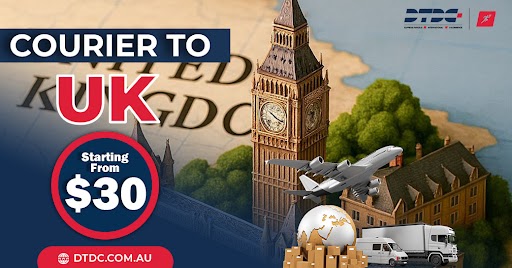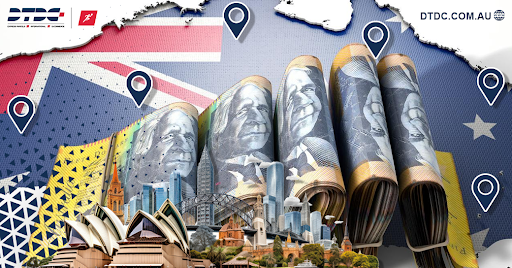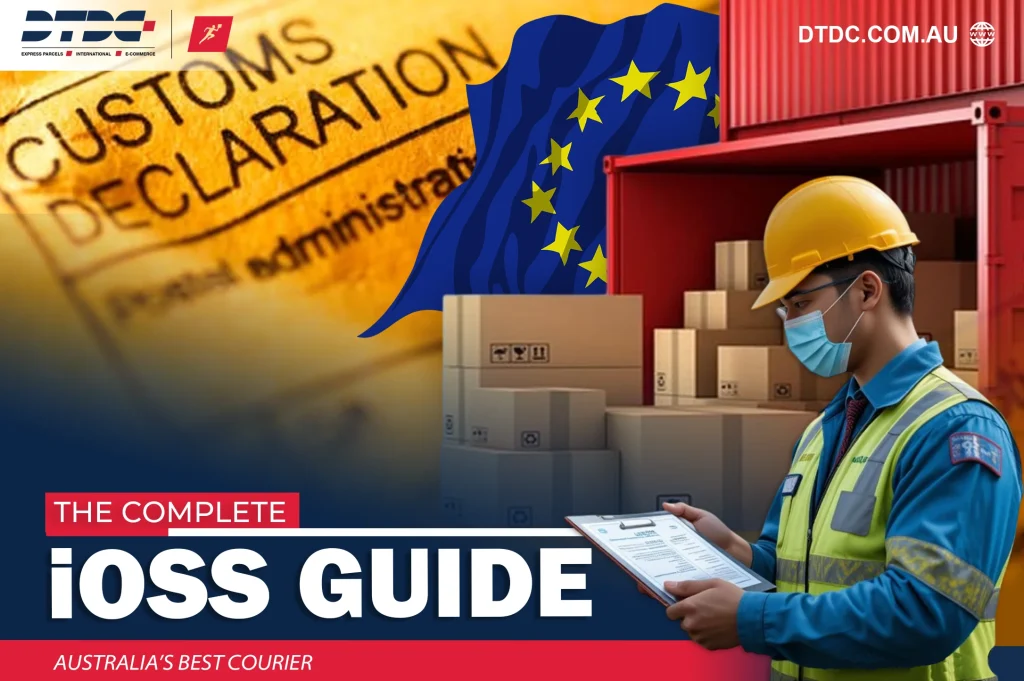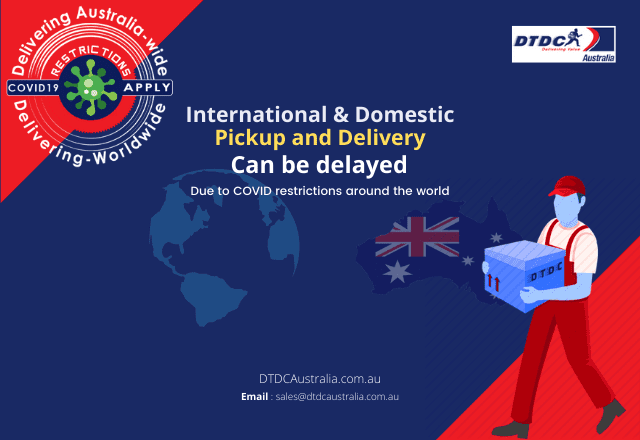Cross-border e-commerce is evolving at a rapid pace, but still, declaration and payment of taxes remain a major headache for sellers. Across the world, many systems have been tested to simplify this, and one such effective method is the Import One Stop Shop (IOSS).
Over the years, IOSS have proven to be a useful tool for online sellers shipping to customers in the European Union (EU). This guide will cover everything that you need to know, right from registration to avoiding the most common mistakes.
What is IOSS?
IOSS Meaning Explained

IOSS is an electronic platform for declarations and payment of VAT introduced by the EU on July 1, 2021. Businesses selling goods in the EU that are made outside the EU can pay VAT through a single portal.
Under this system, you can pay the VAT in a single EU member state, and not necessarily register in each EU country where you are selling the products. It simplifies the procedure and streamlines e-commerce for both businesses and customs authorities.
IOSS only applies to consignments with a value up to €150. If the value is above €150, the standard import VAT regulations will be used. Sellers should also be aware of HS tariff codes for international trade since product classification also impacts customs duties.
Why the EU Introduced IOSS
The EU introduced IOSS to fight VAT fraud, reduce cross-border shipping complexities, and safeguard businesses in the EU. Previously, authorities did not charge VAT on small consignments below €22, which caused huge VAT losses and gave non-EU sellers an unfair advantage.
IOSS eliminates this exemption, and sellers must always charge VAT on sales. It also simplifies the customs process because customers pay VAT at the point of purchase, not during import, which speeds up delivery and reduces the administrative load.
In 2024, over €33 billion in VAT was collected via the EU’s e-commerce VAT systems and of that, about €6.3 billion was generated through the IOSS system. While the EU designed it mainly for its own market, non-EU sellers, including those in Australia, can also benefit from it.
IOSS Australia – Can Non-EU Businesses Register?
Non-EU businesses can register for IOSS. But in case you are an Australian or non-EU business that sells to customers in the EU, you must have an intermediary established in the EU to represent you. This mediator will facilitate IOSS and international shipping.
When Do You Need an Intermediary?
If you are not an established business in the EU, you will have to use an intermediary affiliated with the EU to register for IOSS. This agent will facilitate your registration, monthly VAT returns submission and payment of VAT.
But when you are selling on an online marketplace such as Amazon or eBay, they often handle the IOSS on your behalf, as explained in the eBay international shipping guide. In such cases, you will not require your own intermediary.
How Does IOSS Work?
IOSS EU system Explained
To explain how the system works, we will separate it into major steps, starting at the point of sale and ending at customs clearance.
- Sale and VAT Collection: In the case where an EU customer buys goods from a non-EU seller, the seller declares the VAT at the time of sale.
- IOSS Number Transmission: The seller includes an electronic customs declaration of the consignment with the identification number.
- Customs Clearance: Once the goods reach the EU border, the customs department completes the consignment in a short period since the customer has already paid the VAT. This will eliminate delays and other extra fees to the customer.
- Monthly IOSS Declaration: The seller or the intermediary files a monthly electronic VAT declaration using the portal of the EU member state in which they have registered for the portal.
- VAT Paying: The intermediary or the seller will then pay the VAT to the authorities of that EU country. This one-off payment covers all the VAT requirements throughout the EU.
Small businesses can avoid costly errors by following customs clearance tips for small businesses when submitting IOSS declarations.
IOSS vs OSS – What’s the Difference?
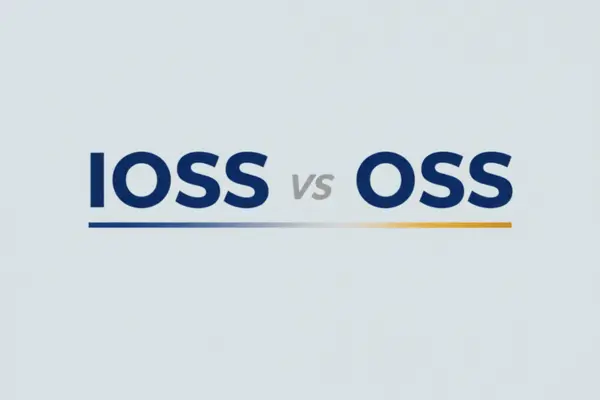
Both the IOSS (Import One Stop Shop) and the OSS (One Stop Shop) are EU VAT simplification schemes, although they are applicable to varying kinds of sales.
| Feature | IOSS (Import One Stop Shop) | OSS (One Stop Shop) |
|---|---|---|
| Scope | Sales of goods from outside the EU to EU consumers. | Sales of goods and services within the EU to EU consumers. |
| Consignment Value | Applies to goods up to €150. | No value limit. |
| VAT Collection | VAT is declared at the point of sale by a non-EU seller. | VAT collected by the EU seller |
| Customs Impact | Simplifies customs clearance for imported goods. | No direct impact on customs clearance. |
| Registration | For non-EU businesses | For EU businesses |
IOSS Code and Its Role in Customs Declarations
The customs declarations depend on the IOSS identification number. It is an exclusive number that businesses registered under the system get. In the case of shipment of goods into the EU, sellers send the IOSS number electronically in their customs declaration..
If you plan to use IOSS, the first step is registration. Here’s what that process looks like.
Step-by-Step Guide to IOSS Registration
Businesses may register for IOSS in any EU member state. Even though you register in only one member state, your registration applies to all the sales made across the EU. The general steps of registration are as follows:
- Select EU Member State: Select the country in the European Union you would like to register for IOSS, preferably the country where you already have existing operations.
- Appoint an Intermediary (if necessary): If your business has not been established in the EU, you will probably need to appoint an EU-based intermediary.
- Gather Required Information: You must provide information about your business, including its legal name, address, national VAT number, and contact details.
- Submit the Application: You normally apply electronically via the specified IOSS portal of the tax authority of the chosen EU member state.
- Get Your IOSS Number: After authorities approve your application, they will issue you a distinct IOSS number..
After registering, sellers must carefully manage customs declarations to avoid delays or penalties.
Common Errors in IOSS Declarations
IOSS declarations are the key to ensuring there are no delays, fines, or problems with customs, but still, errors occur. Here are the most common mistakes that businesses commit:
- Incorrect IOSS Number: A wrong or invalid number causes the goods to be held up with customs, requiring the customer to pay the VAT, or the goods may even be returned.
- Managing Different VAT Rates: There are different VAT rates in each member state of the EU, ranging from 17% to 27%. Mistakes in valuation or VAT calculation can lead to import duty mistakes.
- Undervaluation: It is illegal to state a lesser value of goods in order to pay less VAT, and this can result in serious punishment.
- Exceeding the €150 Threshold: Any amount above €150 of the value refers to import VAT regulations, and IOSS is not applicable in such a case.
- Failure to Appoint an Intermediary: Authorities may cancel your IOSS registration if you don’t complete the process through a registered intermediary.
- Late or Inaccurate Declarations: Sellers must file monthly IOSS VAT statements accurately and promptly. Being late or making errors can lead to fines and interest rates.
- Not Charging VAT at Point of Sale: Under the system, the customer must pay VAT at the time of purchase.
- Losing or omitting information: Missing or incomplete information on the customs declaration, such as the full address or contact details of the recipient, may result in delays in processing.
Fortunately, many platforms like Shopify make IOSS compliance easier by integrating tools directly into their systems.
IOSS for Shopify Sellers – What You Need to Know

Shopify offers built-in features and applications to help you handle IOSS compliance. It lets you activate the options in the admin dashboard. This means modifying your tax settings, which automatically compute and gather the appropriate EU VAT on checkout.
Shopify can collaborate with shipping companies that adopt IOSS and electronically send the registered number to customs. It is also capable of automating the inclusion of the number on shipping labels and electronic customs declarations.
Final Thoughts
Cross-border eCommerce has evolved rapidly in recent years and is expected to grow at a CAGR of 18.7% from 2026 to 2032. And systems like IOSS empower businesses to utilise this potential to the maximum extent.
With faster deliveries, lower return rates and increasing customer trust, IOSS has gone beyond the possibilities of a tax regulating system.
Still have questions about IOSS? Here are some frequently asked questions to clear up common doubts.
Frequently Asked Questions (FAQs)
What is an IOSS number?
Sellers or their representatives receive an IOSS number as their identification number when doing business in the EU. They enter this number in customs declarations so that the authorities know VAT has already been declared at checkout.
What does IOSS mean?
IOSS is an abbreviation meaning Import One Stop Shop. The European Union uses this mechanism to declare, pay, and simplify VAT on low-priced goods up to €150 that are produced outside the EU and sold to EU consumers.
Is IOSS the same as VAT?
No. VAT (Value Added Tax) is the tax levied on goods. And IOSS is the system that simplifies and facilitates the payment of VAT.
How do I get an IOSS number?
EU-based sellers: Directly sign up to IOSS in your country of origin.
Non-EU sellers: Nominate an intermediary established in the EU to do the registration on your behalf (such as a tax agent or logistics provider). The authorities will issue you an IOSS number once you complete the registration..
What are the typical IOSS errors to avoid?
- Missing the application of the IOSS in parcels below €150.
- Entering an incorrect registered number.
- Declaring VAT on two occasions (one at checkout, and one at import).
- Failure to file monthly returns in time.
- Using IOSS for items above € 150.
How do I do an IOSS number check?
There is currently no public IOSS number check tool. The numbers are confidential and validated only by EU customs during clearance.
For buyers: When sellers charge VAT at checkout for orders under €150, they are likely using IOSS.
For sellers/logistics: The IOSS number is verified automatically in customs declarations. An invalid number may cause delays or extra VAT charges.






